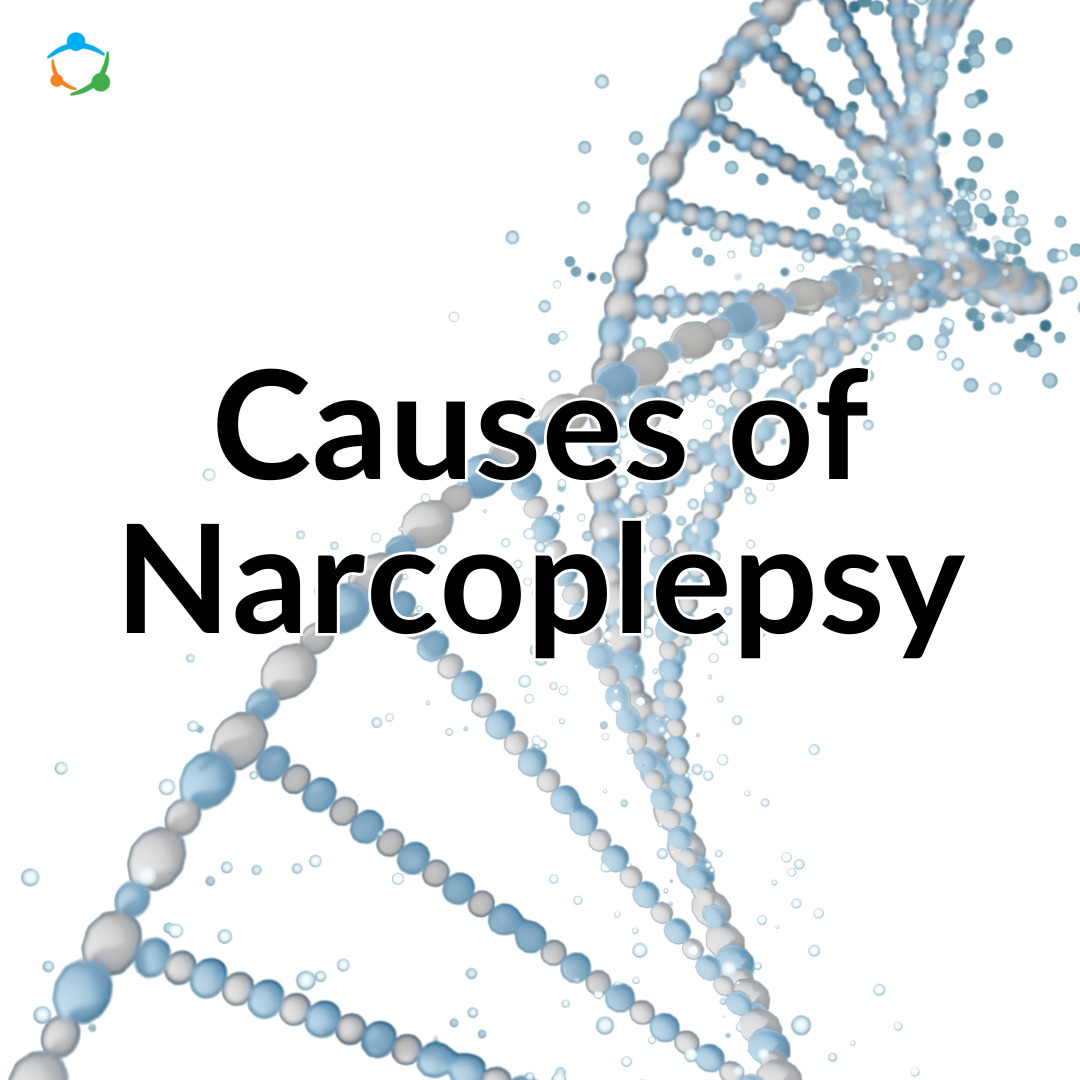
Narcolepsy is a chronic neurological disorder that affects the brain’s ability to control sleep-wake cycles. It is a rare condition that often goes undiagnosed or misdiagnosed, leading to severe consequences for those living with it. Narcolepsy is a sleep disorder that can interfere with daily activities and cause difficulties in personal and professional life.
It is essential to understand Narcolepsy because knowledge is the key to manage this disorder effectively. This blog post will provide you with a comprehensive guide to Narcolepsy, from its symptoms, causes, treatments, and the latest research.
Symptoms of Narcolepsy:
The primary symptoms of Narcolepsy include:
- Excessive daytime sleepiness (EDS): Most common symptom that affects daily activities, making people feel sleepy during the day despite having enough night sleep.
- Cataplexy: Cataplexy is a sudden loss of muscle tone that can cause slurred speech, drooping eyelids, and weakness in various parts of the body. There are 2 types of Narcolepsy, Type 1 (with cataplexy) and Type 2 (without cataplexy). Type 1 is characterized by sudden muscle weakness, often triggered by emotions, and low hypocretin levels. Type 2 lacks cataplexy but still causes excessive daytime sleepiness
- Sleep paralysis: Sleep paralysis is a temporary inability to move or speak upon waking up or falling asleep. This can be a frightening experience, as individuals are conscious but unable to move their body or call for help. Episodes of sleep paralysis typically last from a few seconds to several minutes and can be accompanied by a feeling of pressure on the chest or difficulty breathing. Sleep paralysis is often linked to disrupted sleep patterns and can be a common symptom in individuals with Narcolepsy.
- Hallucinations: Hallucinations are vivid and often disturbing images and sounds that occur during falling asleep or waking up.
- Disturbed nighttime sleep: Consistent sleep patterns can be hard to achieve for individuals with Narcolepsy. Some may experience fragmented sleep, frequent awakenings and a difficulty falling back asleep.
- Changes in rapid eye movement (REM) sleep: Generally, it takes an average of 90 minutes to reach REM sleep stages. It then recurs every 90 minutes thereafter. However, those with Narcolepsy often exhibit alterations in their REM sleep patterns as they tend to enter REM sleep much quicker (can happen in 15 mins).
 Causes of Narcolepsy:
Causes of Narcolepsy:
The exact cause of Narcolepsy is still unknown, but scientists believe it is a result of the interaction between genetic and environmental factors.
- Genetics: Studies have shown that individuals with a family history of Narcolepsy are more likely to develop the disorder. A specific gene called HLA-DQB1 is common among narcoleptics, but it does not necessarily mean that everyone who has this gene will have Narcolepsy.
- Loss of Hypocretin-Producing Neurons: Hypocretin, also known as orexin, is a neurotransmitter that plays a crucial role in regulating arousal, wakefulness, and appetite. Researchers have discovered that people with Narcolepsy often have significantly reduced levels of hypocretin in their cerebrospinal fluid. This reduction is thought to be due to the loss of hypocretin-producing neurons in the hypothalamus region of the brain.
- Environmental Factors: Some studies have proposed that certain infections, exposure to toxins, or other environmental triggers could increase the risk of developing Narcolepsy, particularly in individuals who are genetically predisposed.
 Treatments for Narcolepsy:
Treatments for Narcolepsy:
There is no cure for Narcolepsy, but several treatments can manage its symptoms effectively. The primary treatment for Narcolepsy is medication, such as stimulants to reduce daytime sleepiness, and antidepressants to control cataplexy, hallucinations and sleep paralysis.
Behavioral modification can also help manage Narcolepsy, such as incorporating short naps throughout the day, regular exercise, relaxation techniques and avoiding alcohol and caffeine before bedtime. For severe cases, where medication and behavioral changes are not enough, alternative therapies such as sodium oxybate, an FDA-approved medication specifically designed for Narcolepsy treatment can help. Sodium oxybate is used to improve nighttime sleep quality and daytime sleepiness.
Finally, support and counseling can be beneficial tools for narcoleptic individuals. Cognitive-behavioral therapy (CBT) can help individuals with Narcolepsy develop effective coping strategies to manage their symptoms and improve their quality of life. Using support groups to connect with others who have Narcolepsy can provide emotional support, practical advice, and a sense of community.
Latest Research on Narcolepsy:
Scientists are continually researching Narcolepsy to better understand the disorder and find more effective treatment options. Recent studies have focused on the genetic links of Narcolepsy, with researchers identifying several genes involved in the regulation of sleep-wake cycles. Other researchers are investigating the role of the immune system in Narcolepsy development, with some studies suggesting that an autoimmune reaction may cause an attack on the hypocretin-producing cells in the brain.
Treatment options for Narcolepsy continue to evolve as well. While stimulants and antidepressants have long been the primary treatments, newer medications like sodium oxybate and pitolisant are showing promise in managing symptoms more effectively and with fewer side effects.
It is essential to seek medical attention if you think you may have Narcolepsy to receive proper diagnosis and treatment. Let us create a tailored treatment plan to conquer your Narcolepsy and reclaim control over your life. Act now for a brighter future!
Call now to book your first appointment!
508-993-9760
